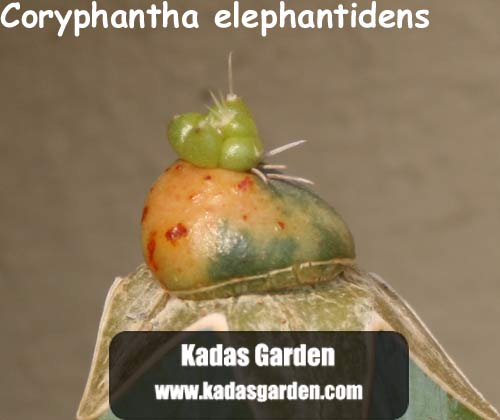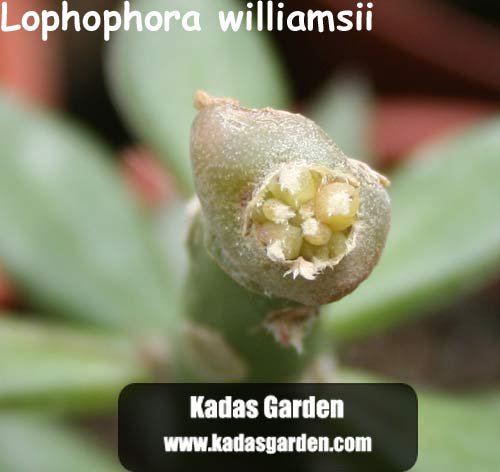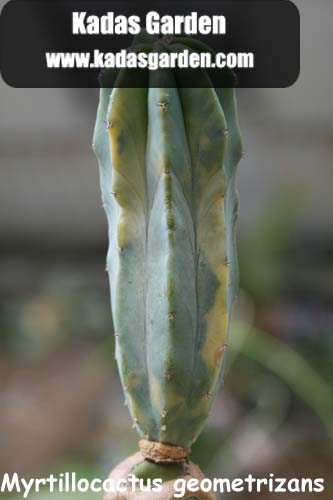
Grafting Cacti Areoles
*For more information also see our Cactus grafting guide* This guide is more like an extension to the Cacti grafting guide. If you are unfamiliar with the grafting process, we suggest you read the other guide first, as this guide plays off of that one. Page Contents
What's an Areole?This is basically where the spines/wool are. An areole is one of the main identifiers of a cactus. In many species this is where flowers, stems and roots come from (there are many exceptions). See photos. ConsiderationsWhy graft an areole? The best reason to graft areoles in our experience is to save a plant. Sometimes a plant gets so damaged (especially with rot) that a "normal" graft or cutting is impossible due to not enough healthy tissue left. In this case a single areole can be grafted in order to try and save that plants genetics. This is especially true for extremely rare or expensive cacti that you really do not want to loose! There are numerous other reasons individuals may have as well, but rescue seems to be the most important in our minds. The process is really no different than any other graft, you cut the areole and cut the stock and tape them together, so I don't think much elaboration needs to be done on the process as its outlined in the main grafting guide. One thing that does seem to help a lot is beveling the edges of the scion a little, connection is far easier. How is it possible?Think about how cacti species generally offset (grow stems) from the areole (wool/spine area). This tells us that there is in fact vascular tissue going to each and every areole, as a new stem will essentially be the same as the main stem. If you look at the other grafting guides, you can find pictures of cross sections showing this ring on the stems of cacti. An areole is exactly the same, except much smaller! Areole graft growth.There is one draw back with grafting areoles, and that is that they were not actively growing parts of the original plant, in other words they were not the apical meristem. This means that often, but not always, it takes longer for them to start growing. When grafting to the top of a root stock, the auxins (growth hormones) are already probably concentrated at the top, so it should start growing within a month. Sometimes, however, the root stock will decide one of its own areoles would make a better candidate for a new shoot and start offsetting on its own stem, instead of the areole scion. This is not that big a deal, but it does slow everything down noticeably! 
Areole graft 3 months after grafting. Notice the bulge, this happens when its about to "burst".
Areole graft 3 weeks after grafting. It appears to "burst" from the skin.Preparing the stock to promote areole scion growth.The best idea when grafting areoles is to remove all the areoles from the root stock prior to grafting. It is best to do this a couple weeks before grafting the areole to give the stock time to heal all the cuts. Why do this? If the root stock has no areoles of its own, it is probably not going to throw out a bunch of stems (still possible in some species), and therefore concentrates its energy on the *only* available areole, which is the scion. 
Hylocereus stocks ready to graft with all areoles cut off.Areole grafting and crested cacti.Unfortunately it seems in order to duplicate crested cacti, you must actually graft part of the crested apical meristem. During experimentation over the last few years, we have found that an areole from a crested cactus is going to grow like a normal plant (not crested). This has shown us that areole grafting is not suitable for crested plants. 
This is an areole graft from a crested Myrtillocactus geometrizans. Not very crested is it? |
